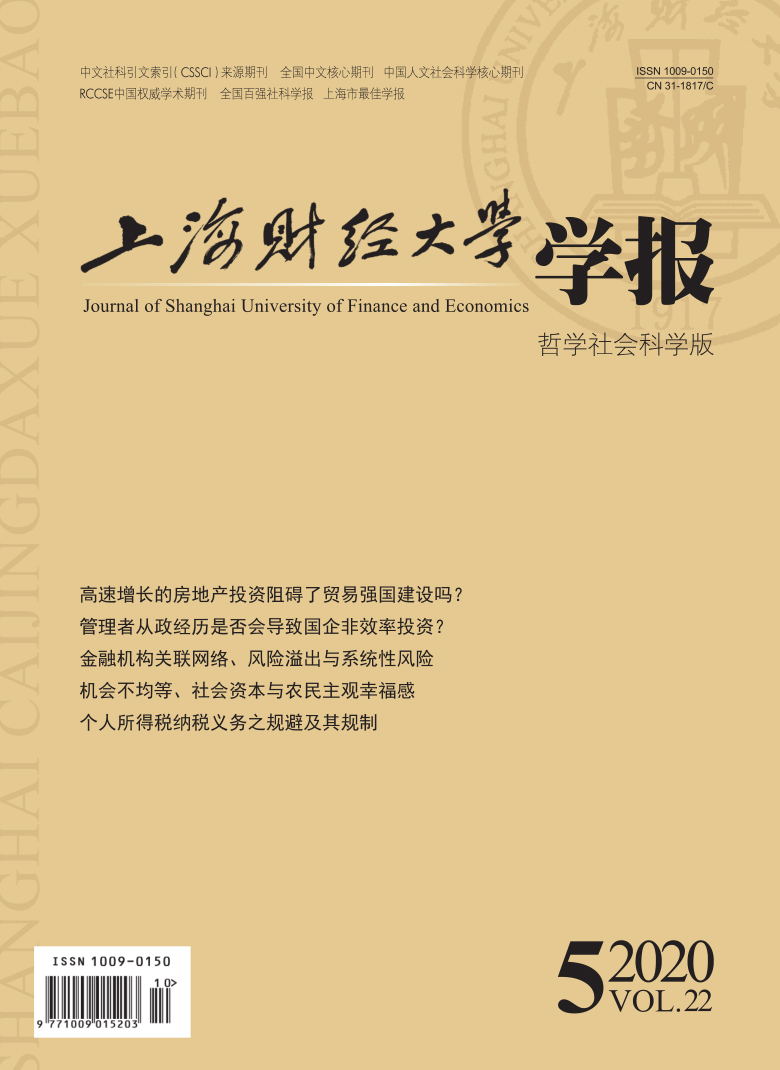As an important institutional arrangement to improve the structure of income distribution in China, minimum wage standard plays a positive role in ensuring the basic living standards of low-income groups and improving the pattern of income distribution. However, the rise of minimum wage standard will compress the profit space of enterprises, weaken the advantages of urban investment location, and have a significant impact on scientific and technological innovation. On the basis of theoretical mechanism analysis, this paper empirically tests the impact of minimum wage standard on urban scientific and technological innovation, and explores its micro mechanism based on enterprise-level data. It is found that the minimum wage standard restrains urban innovation. After overcoming the endogenous problem, as well as the robustness test by replacing key variables and adjusting samples, the conclusion is still true. Moreover, the impact of minimum wage standard on urban innovation is sustainable and the duration is more than three years. In addition, with the improvement of urban innovation level, the inhibition effect of minimum wage standard on urban innovation shows the characteristics of “asymmetric V-shaped” change, which increases first and then weakens. The research of micro mechanism shows that the minimum wage will squeeze out the investment of R&D human capital, which is not conducive to the cultivation of micro subject of urban scientific and technological innovation. However, the study shows that minimum wage standard does not significantly squeeze out the R&D expenditure. It is found that the minimum wage can inhibit the agglomeration of urban investment factors and significantly inhibit the improvement of urban innovation level. This paper gives the empirical evidence and mechanism of minimum wage standard restraining urban innovation from the two levels of enterprises and cities. It has important theoretical and practical enlightenment for reexamining the relationship between equity and innovation in the context of innovation-driven development strategy and promoting the implementation of the concept of innovation development and shared development. On the one hand, We should strive to improve the level of urban innovation, improve the layout of urban industries, improve the economic scale and financial development level of the city, encourage innovation and entrepreneurship, encourage enterprises to increase R&D and innovation spending, create a good ecological environment for urban innovation, cultivate the micro basis of urban scientific and technological innovation, and reduce the adverse impact of the rise of the minimum wage on scientific and technological innovation. On the other hand, although minimum wage standard restrains urban innovation, it does not mean that the minimum wage system is unreasonable. On the contrary, minimum wage standard has become an important system guarantee to improve the pattern of income distribution and promote the development of economic sharing. In order to balance the relationship between equity and innovation, it is necessary to build the improvement of the income level of low-income groups into the process of innovative economic development, strengthen the inclusive characteristics of innovation activities, make the innovation achievements benefit low-income groups, and realize the organic integration of urban innovation and income increase of low-income groups.
 / Journals / Journal of Shanghai University of Finance and Economics
/ Journals / Journal of Shanghai University of Finance and EconomicsJournal of Shanghai University of Finance and Economics
LiuYuanchun, Editor-in-Chief
ZhengChunrong, Vice Executive Editor-in-Chief
GuoChanglin YanJinqiang WangWenbin WuWenfang, Vice Editor-in-Chief
Minimum Wage Standard and Innovation: Forcing or Restraining?
Journal of Shanghai University of Finance and Economics Vol. 22, Issue 05, pp. 18 - 32,78 (2020) DOI:10.16538/j.cnki.jsufe.2020.05.002
Summary
References
Summary
Cite this article
Yang Siying, Lu Jingjing, Li Zheng. Minimum Wage Standard and Innovation: Forcing or Restraining?[J]. Journal of Shanghai University of Finance and Economics, 2020, 22(5): 18-32.
Export Citations as:
For
Previous: 本期导读
ISSUE COVER
RELATED ARTICLES





 5762
5762  10039
10039

